Crewdson Road is a curved road that bends from Clapham Road to Brixton Road, it is almost entirely residential. The street was originally comprised of individual houses which must have been very spacious as they have almost all been converted into flats. British History Online tells us that “Nothing is known about the early history of the land between Prima Road, South Island Place, Clapham Road and Brixton Road. The area formed a no-man’s land bounded by the Manor of Kennington and Vauxhall Creek on the north, by Vauxhall Manor on the west and by Lambeth Wick Manor on the east and south. It may perhaps be identified with 18 acres held by Robert Addison of St. Saviour’s, Southwark, butcher, who was presented in 1640 to the Court of the Commissioners of Sewers to scour the sewer which lay along his ground near Hazards Bridge. Hazards Bridge crossed Vauxhall Creek at the north end of Brixton Road.”
“In 1870 another John Wright, who was then owner of the estate, disposed of it in two parts. The northern part, between Prima Road and the present gardens of houses in Handforth Road, was sold to Philip Edward Sewell of Norfolk, civil engineer. The southern portion was acquired by Robert and Isaac Crewdson, and Handforth and Crewdson Roads were subsequently laid out across it.” So at least we know who built the street, and where they got the name from.
 Crewdson Road in 1920.
Crewdson Road in 1920.
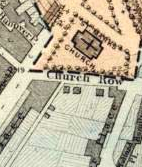
The 1876 Ward map shows the area that Crewdson Road now stands on was once gardens, this is the case of much of the land on which our local streets were built on. Originally these gardens would have just been open countryside.
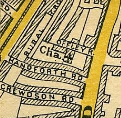
Crewdson Road appears on Stanfords Map of Central London in 1897 (Above).
Charles Booth’s Map of London Poverty research took him to Crewdson Road in 1895. The Map above is from 1898 and shows how Booth graded Crewdson Road. The key to what the colours mean can be seen to the right of the image. For more information on Charles Booth and the classification of poverty see here. Booth graded Crewdson Road and it’s twin Handforth Road as ‘Pink’ which was ‘Good ordinary earnings’.
Terror from above…
Crewdson Road wasn’t as lucky as Handforth Road and was hit by bombs in WW2 on more than one occasion. See the bombing and war section for more information of how Crewdson Road fared in the Blitz. A whole chunk of the street was blasted away and in it’s place stands drab LCC housing (see below).

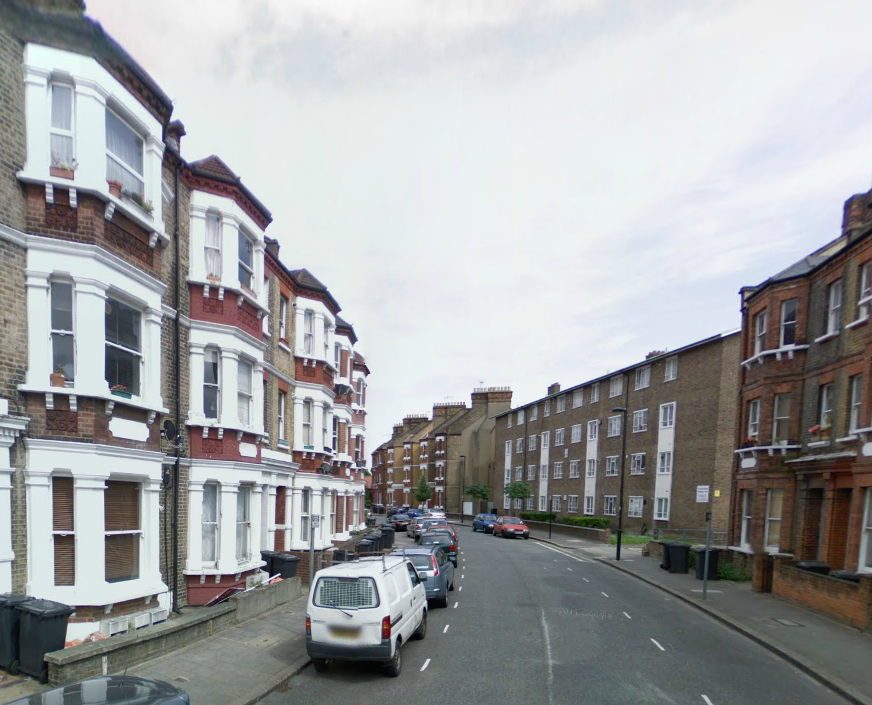
The angle of the modern day picture doesn’t quite match the photo from 1920 but it is taken in almost the exact same position.
British Jazz Pioneer Pete Robinson ….
On Thursday 18th July 2013 a Blue Plaque was unveiled at 8 Crewdson Road for Pete Robinson who was a drummer in the Southern Syncopated Orchestra. He lost his life with other members of the Orchestra when the ship he was travelling on from Scotland to Ireland, the SS Rowan, sank after a collision in October 1921. From records he lived at 8 Crewdson Road from 1915-1917.
Above photograph – The Mayor of Lambeth unveils the blue plaque – 18/7/13
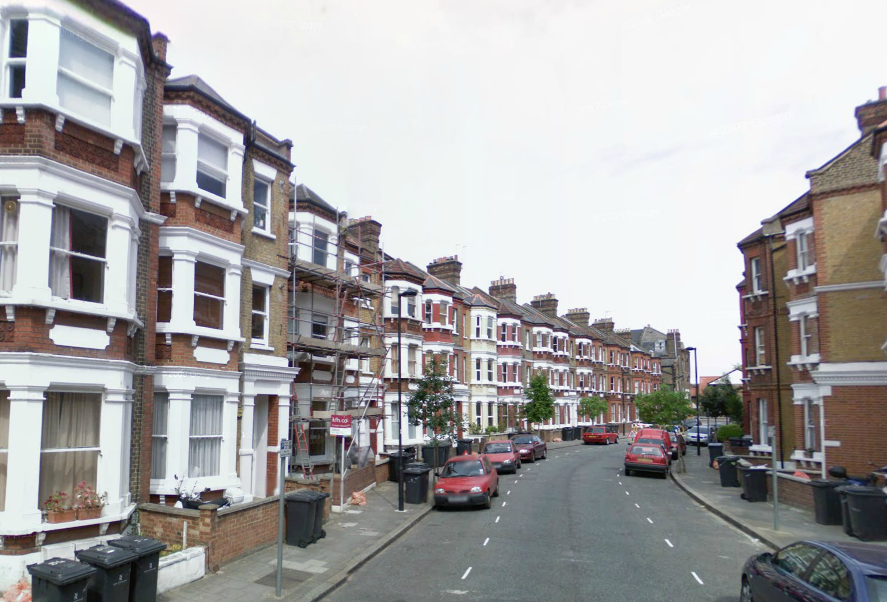
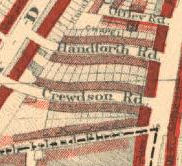
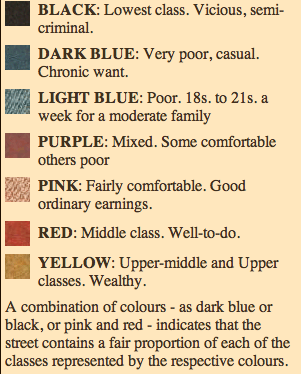
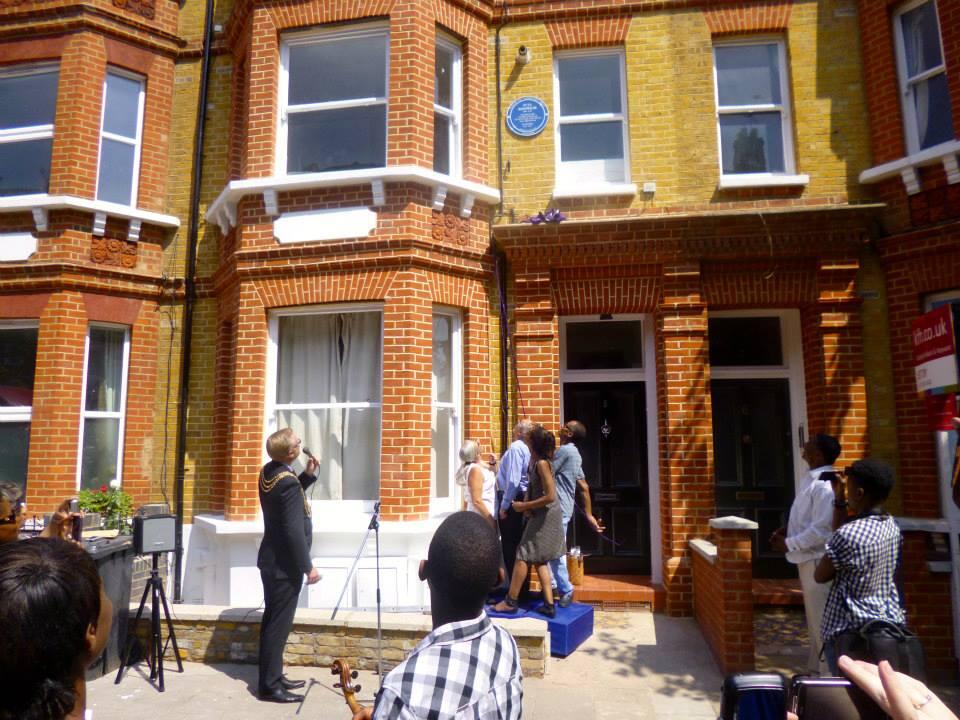
On Thursday 18th July 2013 a Blue Plaque was unveiled at 8 Crewdson Road for my Grandfather Pete Robinson who was a drummer in the Southern Syncopated Orchestra. He lost his life with other members of the Orchestra when the ship he was travelling on from Scotland to Ireland, the SS Rowan, sank after a collision in October 1921. From records he lived at 8 Crewdson Road from 1915-1917.
Who were Robert and Isaac Crewdson and where did they come from?
I found this very interesting as I used to live in Crewdson Road when I was little. I was born just round the corner in Brixton Road, in a flat over one of the shops. My family, consisting of my grandfather and grandmother, mother and her sister and brother lived in Crewdson Road for a number of years, with my grandfather being a policeman in the area.
Sometime after I was born (in the 1950s) my father and mother, with me, moved back into the house in Crewdson Road that my mother had lived in as a child. We lived in a flat, rooms really, on the ground floor. I remember it as being big, dark, and cool with a beautiful tiled floor in the hallway, varnished paper on the dado, and the smell of furniture wax hanging in the air. I can recall the sound of the front door slamming when people went in or out; it echoed in the hallway because of the tiled floor.
My mother used to tell us that when she was a little girl during the Blitz the family, plus some other residents of the house, used to shelter in the cellar, which had been fitted out with bunks for the purpose. She said she remembered seeing her father blown off of his bicycle by the blast from a bomb. Fortunately for him he wasn’t injured.
She also told us that one day she had been playing with a friend, in a house that once stood where the municipal-style flats opposite number 40 now are, when the air-raid siren went off. Her friend’s mother wanted my mother to stay for the duration of the raid but my mother decided to go home. She said that her friend’s house was hit by a bomb during that raid.
I remember that here was a little grocer’s shop at the corner, number 64 Brixton Road, which sold Bird’s Eye frozen food, and I still remember the Bird’s Eye logo in the window.
I went to infants’ school in Durand Gardens. We moved away in the early 1960s, but now I work in the borough and every so often I pass by and think of those days. I am proud of the fact that I was born and lived in that area, and particularly that I can still see my birthplace, even if it is only from the outside!
Hello, I have been monitoring Swift populations in the area as part of the BTO Breeding Bird Survey and Crewdson Road is one of few, if only streets, in the area, where Swifts nest and last year I observed 3 definite nesting pairs, this year so far I have observed only one at 42. But there are probably a few more.
I would like to make sure that these birds are protected and that perhaps ways could be implemented of trying to increase the breeding population – by assessing just how many there are and how many suitable nest cavities remain? Perhaps adding some nest boxes? Any one interested in Swift conservation please contact me – thank you. Michael
Looking for information about Robert Ashmead, a long-lost friend who used to live at 48 Crewdson Road from at least 1981 to 1985 (possibly later). Have lost touch with him and want to re-connect as went to Emanuel School together and started in September 1982. Any information would be most welcome!